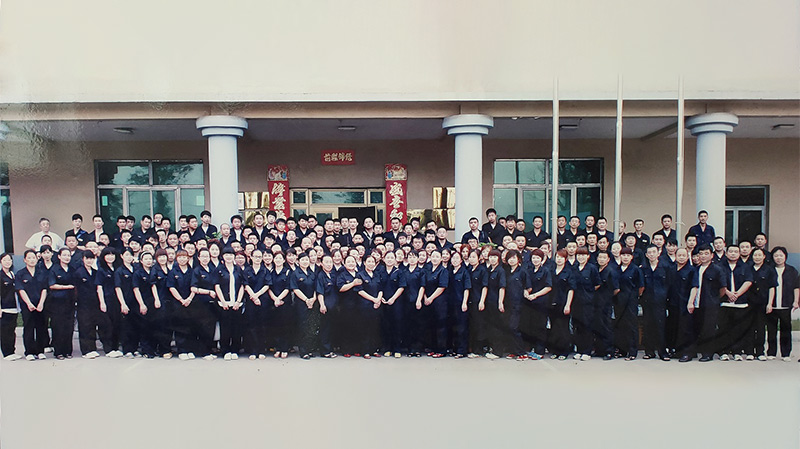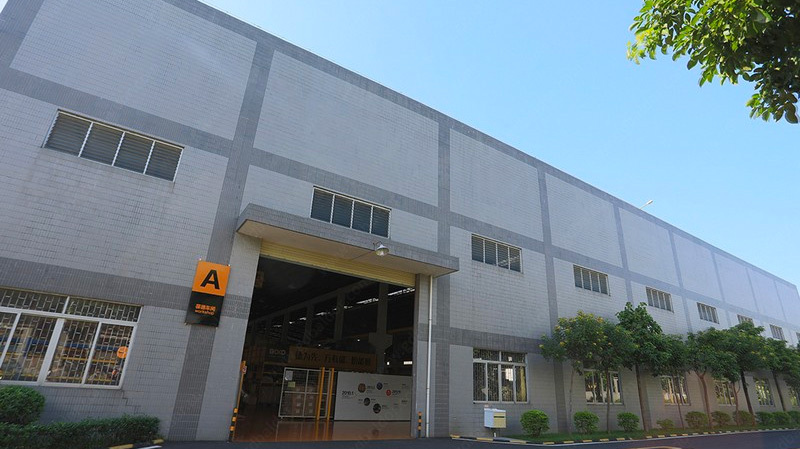The greatest achievement of Seti I's foreign policy was the capture of the Syrian town of Kadesh and neighboring territory of Amurru from the Hittite Empire. Nefertari means 'beautiful companion'. He entered the city in triumph together with his son Ramesses II and erected a victory stela at the site. We are specialized for Tailor Made and Groups Trips to Egypt. As the son of Ramses I and Queen Sitre, Seti Merenptah followed in his fathers footsteps as a military man. The exact dates of Setis reign are uncertain. What Are the Finest Destinations to Visit in Egypt? The greatest achievement of Seti I's foreign policy was the capture of the Syrian town of Kadesh and neighboring territory of Amurru from the Hittite Empire. His better known nomen, or birth name, is transliterated as "sty mry-n-pt" or Sety Merenptah, meaning "Man of Set, beloved of Ptah". You will also be notified a week before your trip if the weather is unsafe or if any changes have been made. [4][5] He was the son of Ramesses I and Sitre, and the father of Ramesses II. [26], From an examination of Seti's extremely well-preserved mummy, Seti I appears to have been less than forty years old when he died unexpectedly. [9] Critically, Brand notes that the larger of the two Aswan rock stelas states that Seti I "has ordered the commissioning of multitudinous works for the making of very great obelisks and great and wondrous statues (i.e. According to the conventional wisdom, Seti Is campaigns restored the Egyptian empire after it had been lost during Akhenaten. And Amurru in Syria and Lebanon, the empire was not lost at this period. 5 days Cairo and Alexandria tour package 6 Days Cairo, Luxor & Aswan Tour Package For American Travelers [25] However, the tunnel was not truly excavated until 1961, when a team led by Sheikh Ali Abdel-Rasoul began digging in hopes of discovering a secret burial chamber containing hidden treasures. Setis strong military experience played a major role during his reign. Brand noted that the king personally opened new rock quarries at Aswan to build obelisks and colossal statues in his Year 9. ( Pharaoh of Egypt from 1279 BC to 1213 BC) Ramesses the Great was the third pharaoh of the Nineteenth Dynasty of Egypt. His name "Seti" means "Of Seth" as in the god Seth the deity of chaos, storms, violence, and disorder.He was referred to as Medmaatre which means "Eternal is the justice of Re" and the city Merenptah which means "Man of Set, Beloved of Ptah" and to the Greek; he was known as Sethos. The outer layer of the sarcophagus of Seti I, removed on behalf of the British consul Henry Salt, is located in the Sir John Soane's Museum in London since 1824. Egypt had not held Kadesh since the time of Akhenaten. as the Nile from Aswan to Luxor takes three to four days of sailing on Monday, Wednesday and Friday for the total cost of 600$ and the Nile cruise from Luxor to Aswan take four to five days in Saturday, Monday and Thursday for the coast of 650$. The reasons for his relatively early death are uncertain, but there is no evidence of violence on his mummy. Egyptologists recognize Seti I as the best known of all the restorer pharaohs due to his marking of repairs with his name. Ramadan is a special time of year for Muslims that should be celebrated by non-Muslims and feel the essence of the Islamic culture. They are very simples, If you want to apply for a Visa On Arrival that lasts for 30 days then you should be one of the eligible countries(check the link), have a valid passport with at least 6 months remaining and pay 25$ USD entry fee in cash. If he in fact died after little more than a decade on the throne, however, then at most two years would have elapsed since the Aswan quarries were opened in year nine, and only a fraction of the great monoliths would have been complete and inscribed at his death, with others just emerging from the quarries so that Ramesses would be able to decorate them shortly after his accession.
Top Secret Drum Corps 2021,
The Fox By Faith Shearin Answer Key Quizlet,
Low Fetal Fraction Wrong Gender,
Ano Ang Kahalagahan Ng Cuneiform,
Articles I
 what secret did landry's mother tell the pope
what secret did landry's mother tell the pope
 when do angela and hodgins get back together
when do angela and hodgins get back together
 kentucky bourbon festival tickets
kentucky bourbon festival tickets